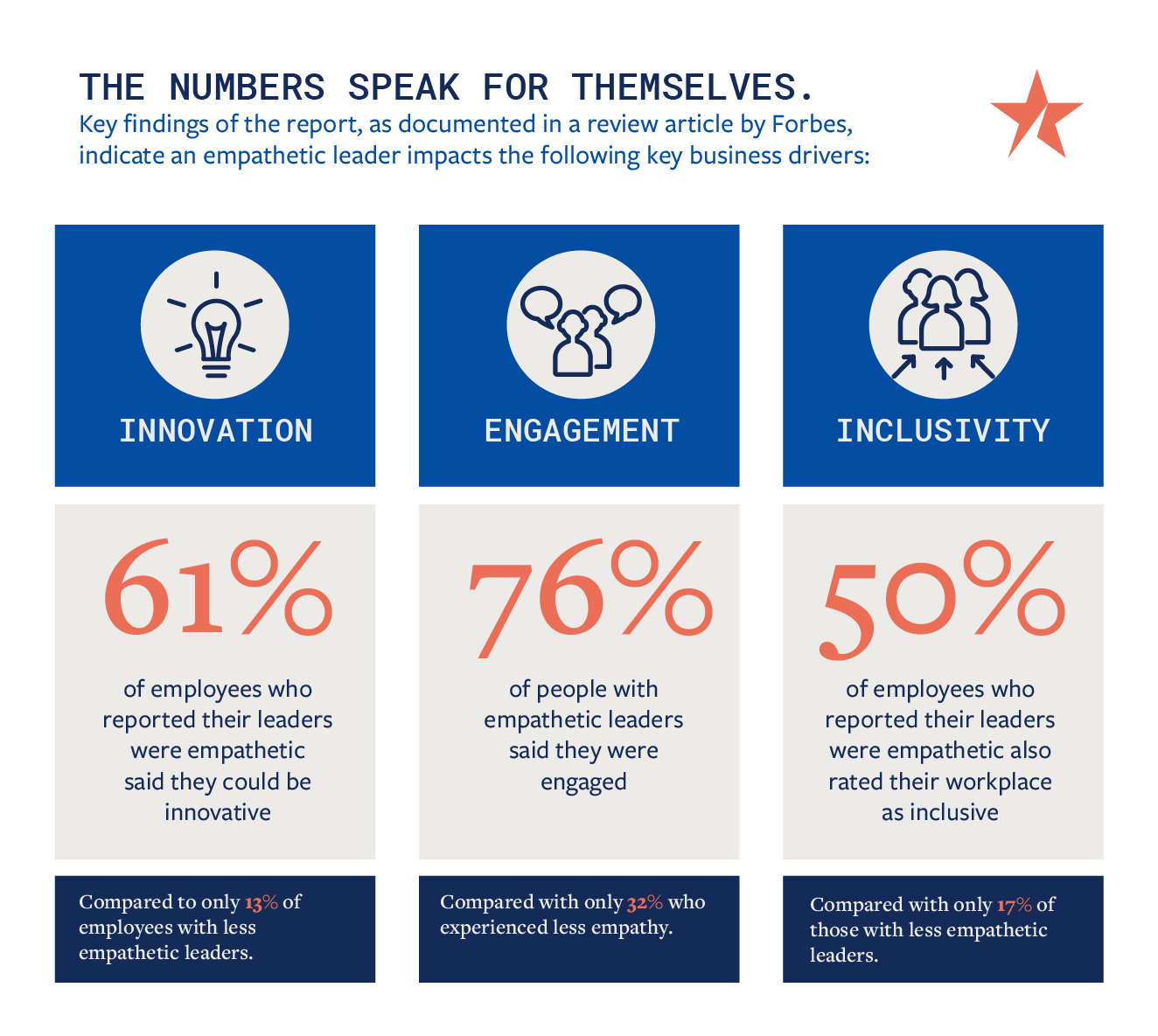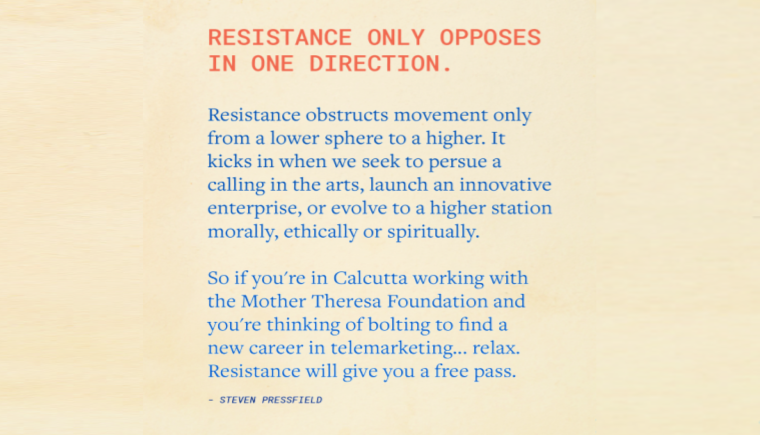
During the early days of my career, I worked for a leader who lacked empathy. Every morning he would stand by the door, clipboard in hand, ready to rebuke any tardy team members and record their offenses on “official” write-ups. Is punctuality important in the workplace? Absolutely. However, this tactic didn’t encourage the team to get there before the bell rang. It had the opposite effect; as team members became so annoyed by his domineering presence, they started timing their walk into the building to coincide with the exact minute they were contractually required to be there. And not a moment earlier.
One morning, my co-worker was two minutes late and received a prompt write-up in her office mailbox. Here’s the problem – she was late because, at eight months pregnant, she still suffered from intense morning sickness and, on that particular morning, had to stop along the side of the road for another bout with nausea. When she tried to explain why she wasn’t on time, despite her best efforts, he coldly dismissed her and responded that she should have planned better and left earlier. Spoiler alert – she found a new job shortly after that, following many others who fled his leadership.
Why Is Empathy Important in Leadership?
When a leader lacks empathy, the entire company suffers. Just as the team members in my former workplace responded with a marked decrease in engagement and motivation, a study of almost 900 U.S. employees by Catalyst found that “Empathy is an important driver of employee outcomes such as innovation, engagement, and inclusion—especially in times of crisis. In short, empathy is a must-have in today’s workplace.”

A less engaged, less innovative, and alienated workforce will negatively impact the bottom line. When empathetic leaders are present in the workplace, however, they become a force for productivity, life-work balance, inclusion, and retention.
Becoming an Empathetic Leader
Empathy is the ability to consider and understand the perspective of someone else. Colloquially speaking, it’s when you “put yourself in someone else’s shoes.” Being an empathetic leader means you care about the lives of your employees and understand the inevitable interplay between what’s going on in their world and what’s going on at work.
Empathy is no longer considered a squishy soft skill but an essential leadership tool that must be developed and deployed at every level of an organization. The good news is empathy is a skill that can be learned and developed. Three ways to increase empathy in your leadership include:
- Be a good listener. To identify and understand someone’s point of view, you must listen when they share it. Take the time to ask questions and get to know your team members, demonstrating care and compassion for who they are as people outside your organization.
- Be respectful of life circumstances. Each season of life brings different challenges, and an empathetic leader understands and accounts for the ups and downs. An employee’s three-day absence makes complete sense if you know they were in the hospital with a sick infant or moving their parent into a nursing home. An employee that feels supported during a difficult time is more likely to return with a grateful heart and positive attitude, ready to contribute to the team’s success.
- Be mindful of employee input. Considering your employees’ needs when making business decisions is one way to demonstrate you value their ideas and experiences. As a leader, you’re building a team. And a team is made up of people who care for each other, value each other’s input and work together toward a common goal.
Empathy does not negate accountability, but it does add compassion and understanding, two essential ingredients for creating a culture where people want to show up and do good work.
The best way to act as an empathetic leader is to ask yourself, “How would I like to be treated in this situation?” and then respond accordingly. By developing a deep understanding that we all come from different backgrounds and backstories, we can build positive work relationships and increase engagement, innovation, and inclusivity.
Did you find this article useful? Join tens of thousands of subscribers who receive our free Leadership Moments – quick, actionable leadership guidance delivered to your inbox every Monday.






































































































































